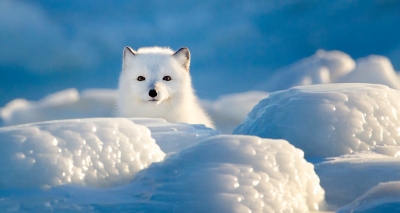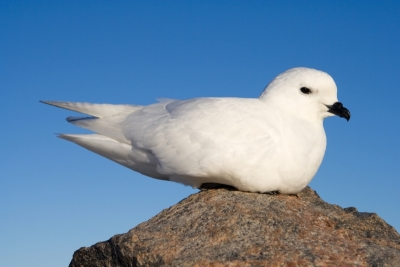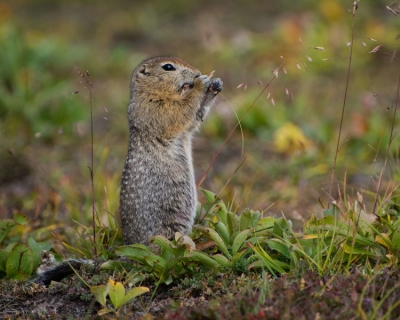What are the fun facts of bald Uakari?

Bald Uakari is an old world monkey found in north-western Amazon basin. It has a striking bald head and a bright red face. It has brown shaggy fur and human-like ears.
It forages with its troop for fruits, leaves and insects during the day and sleep aloft, high in the rain forest canopy in groups of 50-200 individuals. Its tail is short unlike other primates. Its fangs are well developed to break open thick fruit skin.
It is generally a quiet, active and agile animal. But it makes loud shrieking calls to communicate and mark its home ranges.
Females give birth to just a single infant every two years. Reproductive ages are three (females) and six (males), so populations cannot experience rapid growth.
Unfortunately, these intelligent primates are hunted in their Amazon forest homes for food and sometimes captured by indigenous peoples. They are also threatened by the destruction of their environment, as the timber industry clears ever increasing swaths of Amazon forest.
Credit : National Geographic
Picture Credit : Google


